Ok, here's the glitch:
Let's try to graph this:
![]()
| Well, it's form 1: |
|
... |
Let's go for the intercepts...
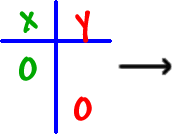 |
 |
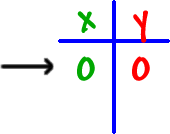 |
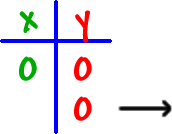 |
 |
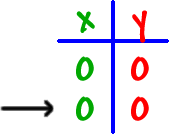 |
Not very helpful, was it?
We have ONE point on our graph:
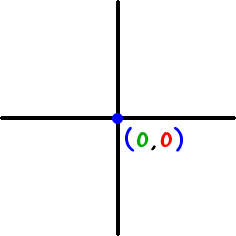
![]()
| Let's change it to form 2! |
Check it out:
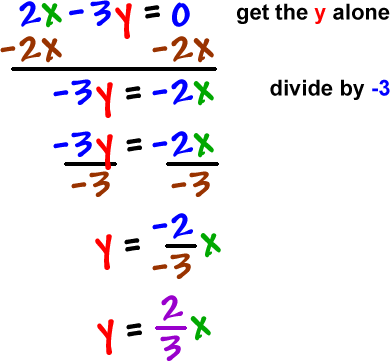
| Well, it almost looks like |
|
... |
How about this?

Now, THIS I can graph!
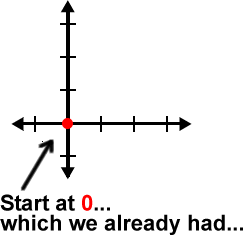 |
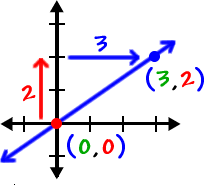 |
YOUR TURN:
| Graph |
|